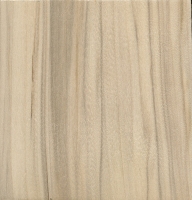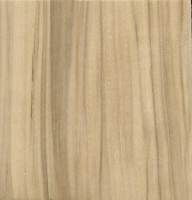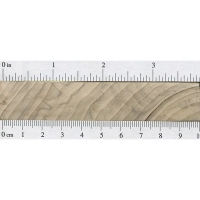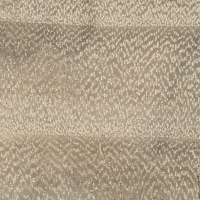 |
Common Name(s): Balsam Poplar Scientific Name: Populus balsamifera Distribution: Canada and northern United States Tree Size: 80-100 ft (25-30 m) tall, 3-5 ft (1.0-1.5 m) trunk diameter Average Dried Weight: 23 lbs/ft3 (370 kg/m3) Specific Gravity (Basic, 12% MC): .31, .37 Janka Hardness: 300 lbf (1,330 N) Modulus of Rupture: 6,800 lbf/in2 (46.9 MPa) Elastic Modulus: 1,100,000 lbf/in2 (7.59 GPa) Crushing Strength: 4,020 lbf/in2 (27.7 MPa) Shrinkage: Radial: 3.0%, Tangential: 7.1%, Volumetric: 10.5%, T/R Ratio: 2.4 |
Color/Appearance: No data available.
Grain/Texture: No data available.
Endgrain: No data available.
Rot Resistance: No data available.
Workability: No data available.
Odor: No characteristic odor.
Allergies/Toxicity: Besides the standard health risks associated with any type of wood dust, no further health reactions have been associated with Balsam Poplar. See the articles Wood Allergies and Toxicity and Wood Dust Safety for more information.
Pricing/Availability: No data available.
Sustainability: This wood species is not listed in the CITES Appendices or on the IUCN Red List of Threatened Species.
Common Uses: No data available.
Comments: Gum from this tree is used as the source of “balm of gilead” compound used in skin care products.
Scans/Pictures: A special thanks to John Nephew for providing the wood sample for this species.
 |
 |
 |
 |





Here’s a picture of a doll’s bed that I made out of that balsam poplar. (Not great craftsmanship, but I’m learning as I go.) The finish is clear shellac. The wood has interesting mottling/streaks, giving it a lot of character.
It grows in wet and near swampy areas, but doesn’t seam to grow in the swampland proper. There is definitely a characteristic scent to the bud, and some of that is in the green wood too. I am pretty sure it fades completely from the wood.
It seams like the heart is often rotten. The wood is very fibrous. On a band-mill; the blade like to wonder, but otherwise it cuts easy enough.
I would classify it as “junk lumber”, but sometimes that is all you need.
This past weekend I was milling two logs — one of ash, and another of balsam poplar — using a Granberg small log mill, a Husky 455 Rancher, and ripping chain. Though it’s a much softer wood, I found the balsam poplar was MUCH slower to mill than the ash. Milling one pass along a 100-inch balsam poplar log, roughly 9.5 inches wide at the cut, required more than one tank of gas. The green balsam also winds up with a much rougher surface, with lots of fuzz — the wood’s fibers seem to want to tear and snag rather… Read more »
Here’s a picture of a doll’s bed that I made out of that balsam poplar.
(Not great craftsmanship, but I’m learning as I go.) The finish is
clear shellac. The wood has interesting mottling/streaks, giving it a
lot of character.